One major issue with metal surfaces might be rust. Rust impairs strength and usefulness in everything from outdoor equipment to tools to vehicle components. Fortunately, the correct abrasive products can quickly remove rust, returning metal to its natural state. We’ll go over the best abrasive materials for rust removal.
Wire Brushes
A classic for rust removal is wire brushes. Manual wire brushes and wire brush attachments for power instruments are among their several varieties. Made of hardened steel, the bristles are ideal for scraping off difficult rust from either level or uneven surfaces.
Power drill wire brushes expedite wide-area operations. On surfaces with significant corrosion, where hand tools would struggle, they are successful. Durable, reusable, and providing great control, wire brushes let one precisely remove rust without injuring the underlying metal.
Sanding Discs
Another piece of equipment for rust removal, especially when combined with an angle grinder or rotary tool, sanding discs are handy. Abrasive granules scrape away rust and quickly cover these discs. Common and reasonably balanced in performance and durability are aluminium oxide sanding discs.
For more severe corrosion, chop through heavy rust coatings with coarse-grit sanding discs (40 to 80 grit). Fine grit (120 to 240) can smooth the surface following the first pass, ready for additional treatment or painting.
Flap Discs
More flexible solutions come from flap discs. Made on a disc backing, they are stacked abrasive sheets. This design makes delicate surface polishing possible, as well as vigorous rust removal. A great choice is zirconia flap discs since they can rapidly tackle vast areas of rust and provide long-lasting performance.
Their capacity to conform to the surface distinguishes flap discs and qualifies them for rounded or irregular shapes. They perform brilliantly on everything from metal furnishings to corroded automobile panels.
Abrasive Wheels
Made for use with power instruments such as grinders, and abrasive wheels they are perfect for handling heavy-duty rust on bigger metal surfaces. Useful for metalwork, silicon carbide wheels cut across scale and rust.
These wheels’ several diameters and thicknesses let one be flexible in use. While bigger choices give the strength required for heavy rust removal, a narrow abrasive wheel can reach tight areas. Larger projects would find them perfect as their strong character allows them to resist ongoing usage.
Rust Removal Pads
For more delicate metal surfaces, rust remover pads, also called non-woven abrasive pads, are quite good. These pads provide a softer method of rust removal than stronger abrasive treatments. On aluminium, brass, or another metal prone to scratching, they perform nicely.
These pads reduce the chance of harming the metal under the rust, even if they take more time for total removal. Their adaptability lets them be utilised on curved and flat surfaces, providing an advantage over rigid tools.
Steel Wool
Steel wool is a reasonably priced fix for mild rust or tiny objects. From coarse to fine, steel wool comes in several grades. You may choose the correct abrasiveness for your work.
Grade 3 or 4 coarse steel wool performs effectively on heavy rust; finer grades ( Grade 0 or 00) are better suited for polishing and surface oxidation removal. For more delicate objects or minor rust patches, its smooth, flexible feel appeals. On chrome, stainless steel, or anything that calls for delicate handling, steel wool is helpful.
Sandblasting
Sandblasting‚ also called abrasive blasting‚ is among the most effective techniques for large-scale rust removal. Sandblasting strips away rust by blasting abrasive compounds onto the surface using compressed air. Although sand is widely used, more sophisticated materials like glass beads or aluminium oxide provide better control and less metal damage beneath.
For big metal surfaces with significant rusting, such as vehicle bodies or industrial equipment, sandblasting perfect choice, even if it can be excessively abrasive for little, fragile objects.
Conclusion
The degree of the rust and the kind of metal you are working with will determine the abrasive product you need. From little rust spots to big, severely corroded surfaces, wire brushes, sanding discs, flap discs, and abrasive wheels offer a variety of alternatives. While sandblasting is the preferred method for large-scale rust removal chores, steel wool and rust removal pads provide a softer touch for more delicate applications. Restoring metal to its natural state becomes a simple chore armed with the appropriate tools.


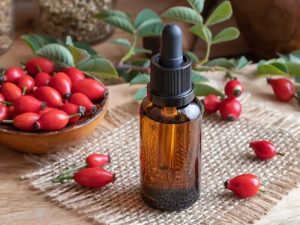


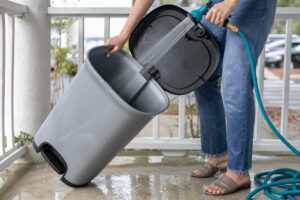


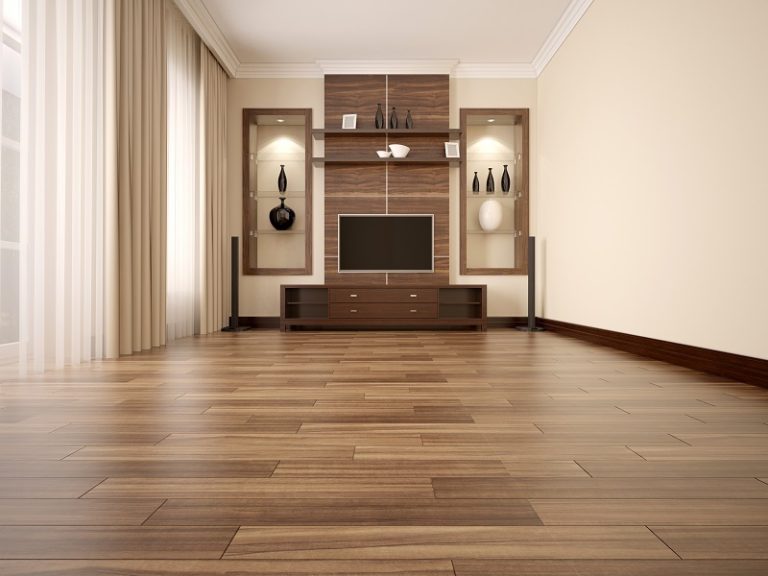

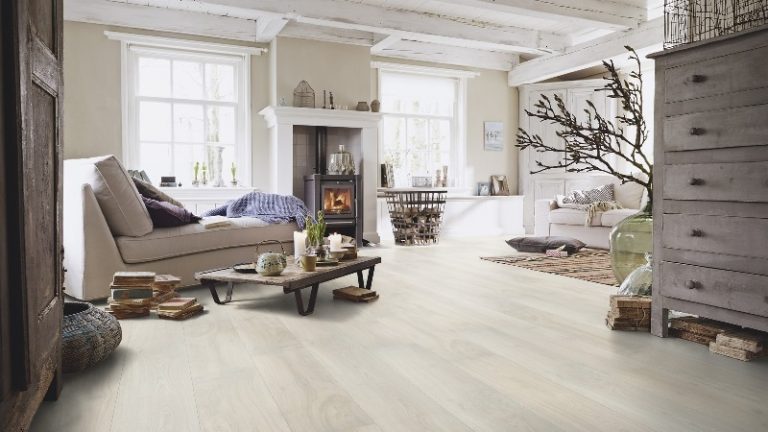
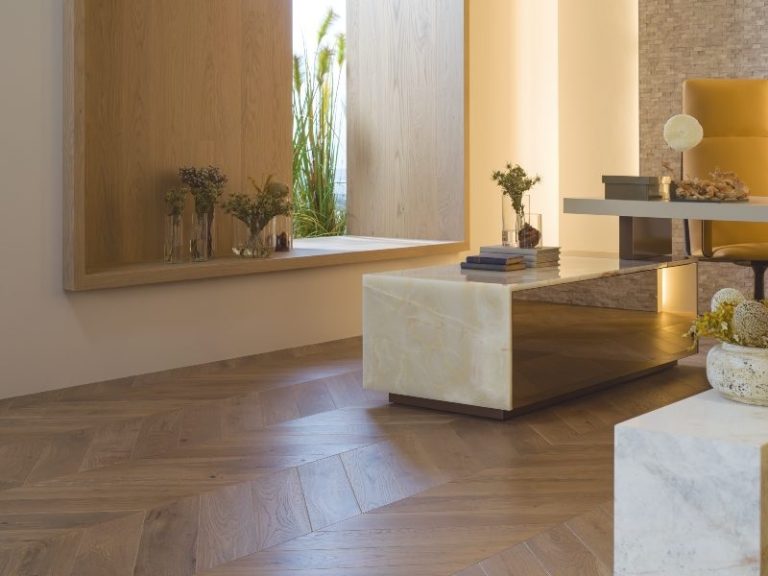
+ There are no comments
Add yours